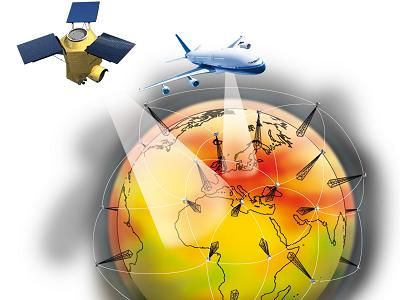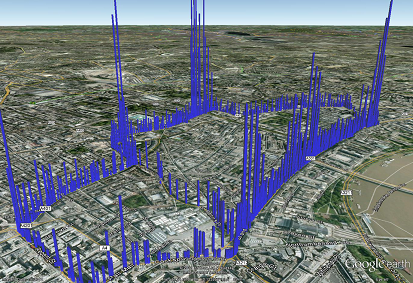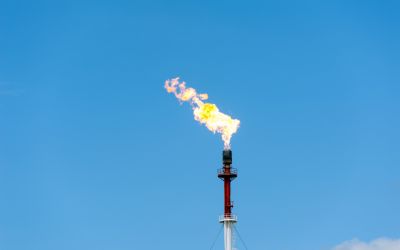Airbus Defence and Space launch new Emissions Measurement Service
Unique service will use measurements of GHG emissions, with bespoke atmospheric model, to enable countries and cities to quantify their emissions

Airbus Defence and Space and partners are launching a unique Emissions Measurement Service to enable countries and cities to quantify their greenhouse gas (GHG) emissions.
The service will use actual measurements of carbon dioxide and methane in the atmosphere, together with a bespoke atmospheric model, to provide a much greater level of accuracy than is available at present.
Monitoring and controlling greenhouse gas emissions is crucial at international, national and major city level, to both reduce the level of polluting emissions and to promote the uptake of green, low-carbon technologies. This will become even more important as growing populations will make our future cities the primary contribution to man-made global climate change, and countries will need to implement robust strategies to report and reduce their carbon footprint.
As countries incentivise their industries and citizens to reduce their GHG emissions, and put in place measures like biomass, nuclear energy, carbon capture and storage, they will want to see real local reductions in GHG concentrations in the atmosphere.
Why this new service is so important
Twenty years after the Rio Convention, it is surprisingly disappointing to note that GHG calculation methods have not evolved since then and continue to rely on applying statistics rather than on direct measurements: emission sources are individually identified and a theoretical ‘emission factor’ applied to each one.
The resulting figures for all the emissions sources are then totaled to give an overall estimation of a country’s national level of GHG emissions.
Imprecise ‘bookkeeping’
The consequences of imprecise ‘GHG bookkeeping’ could be very serious: if the models used are based on merely mathematically extrapolated estimations, the conclusions reached may well be inaccurate.
Take, for example, China, which has two national systems for GHG calculation. Recent studies have shown that one of these systems calculates CO2 emissions at around 1.4 gigatons higher than the other – equivalent to a whopping 5 per cent of global GHG emissions, or the annual emissions of Japan.
Airbus Defence and Space’s new Emissions Measurement Service will complement and improve the reporting using actual concentration measurements. Parallels with ‘traditional pollutants’ such as acid gases show that inventories often underestimate emissions.
The new GHG Emissions Measurement Service will take ground-based, airborne and ultimately satellite measurements of carbon dioxide, methane and carbon monoxide concentrations which will be fed into a sophisticated atmospheric model that combines the measurements with inventories of all natural and manmade GHG sources and sinks. The combination of measurement and modelling will enable validation of energy saving and decarbonising measures and determine if they are having the intended effect of reducing actual GHG emissions.
The London pilot – and more
The first citywide greenhouse gas measurement service demonstrator took place in London in the summer of 2012. Airbus Defence and Space and partners ran a three-month pilot study to measure carbon dioxide, methane and carbon monoxide concentrations at four sites in or near the city.
The London measurement campaign demonstrated the viability of the GHG Emissions Measurement Service, which has since been selected by the UN for inclusion in its Climate and Energy Action Hub.
The service is now being applied to Paris and Rotterdam, where Airbus Defence and Space and partners are once again measuring methane, carbon monoxide, and carbon dioxide, drawing on data from a network of sensors on the ground and from aerial campaigns. The Action Hub initiative was presented at the UN’s November 2013 Framework Convention on Climate Change.







